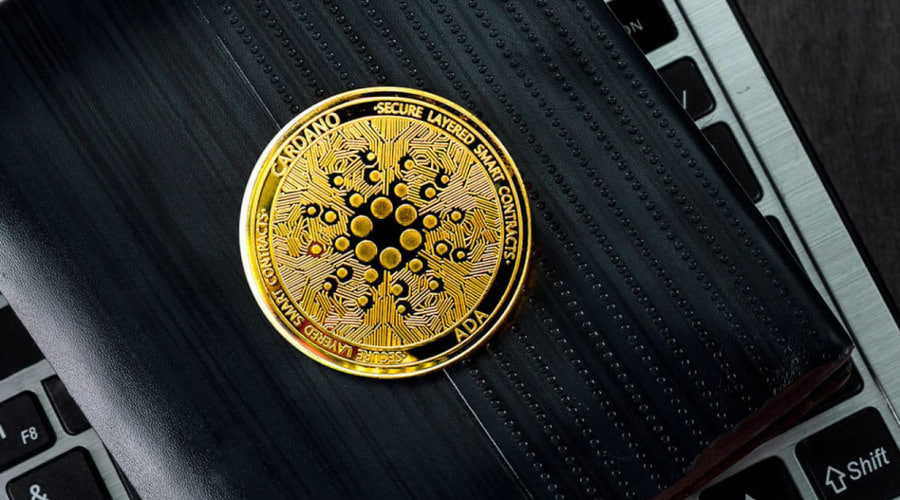
Cardano, a first-layer blockchain launched in 2017 by Charles Hoskinson, the co-founder of Ethereum, activated the highly anticipated Plutus upgrade on Thursday. This upgrade is a significant step towards moving the Cardano ecosystem towards decentralized governance. Plutus has become active just four months after the implementation of the Chang hard fork on the Cardano network. With the activation of the Plutus upgrade, ADA token holders will be able to shape the future of Cardano, including voting on treasury and hard fork decisions. The most significant addition with the Plutus upgrade to Cardano is the implementation of decentralized representatives (dReps) who will represent ADA token holders in governance issues. Previously, the three founding entities of Cardano, namely the Cardano Foundation, Input Output Hong Kong (IOHK), and Emurgo, were responsible for governance changes and chain updates. Moving forward, their responsibilities and powers will be transferred to the new Cardano governance groups. Before Plutus, stake pool operators had to update their nodes and support this upgrade with a 51% vote. According to the latest statistics, about 85% of the nodes have been updated with the new version, allowing the network to implement the changes. Giorgio Zinetti, Cardano Foundation’s Technology Director, says about the blockchain’s future: ‘In short, we want to make Cardano faster, add more privacy features, and provide more capabilities for developers. So, developments depend on community desires.’ On the real-time digital currency price page, you can see the prices of all tokens and cryptocurrencies live and instantly.





